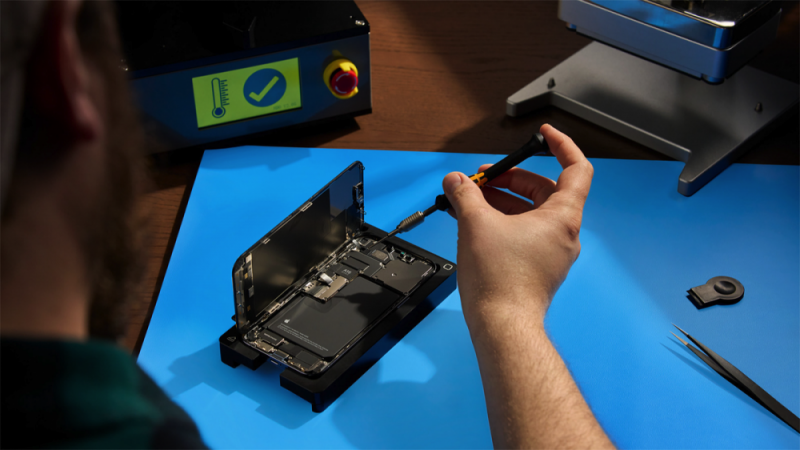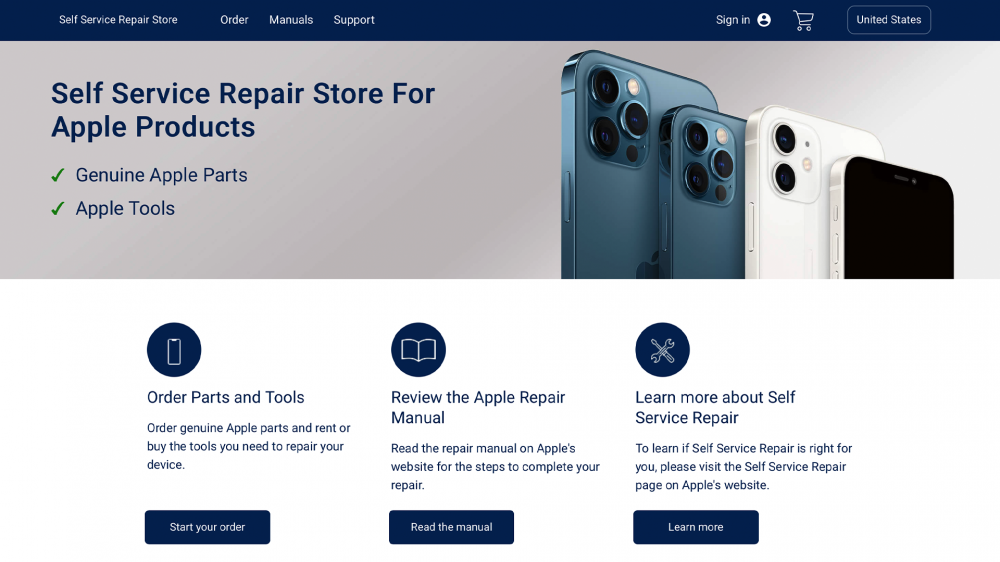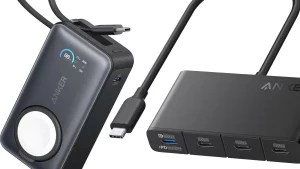Apple’s Repair Program Will Help The Company Double Down On Its Worst Practices


After half a year of silence, Apple has finally launched its Self Service Repair program. It’s a huge step for the company—customers can now buy authentic Apple parts and access official repair manuals. But Self Service Repair isn’t ideal for customers, and it gives Apple an excuse to double down on its worst practices.
Let’s start with the good stuff; you can now buy official screens, batteries, and other parts for the iPhone SE (2022), iPhone 12, and iPhone 13. Repair guides for these phones are now available for free on the Apple website, and Apple will add M1 Mac resources to Self Service Repair by the end of the year.
Apple promises that iPhone parts will be available for seven years after the device’s launch, and MacBook batteries will be available for ten years at a time. Additionally, the company will recycle or refurbish any broken parts you send after repairing your device (and may give you a credit for returned parts).

Customers can finally buy authentic Apple parts and read the company’s service manuals—that’s awesome. But Apple isn’t doing a favor for customers, small businesses, or the environment. The company still has full control over how and when its products can be repaired, as it still uses serialized parts.
Certain iPhone and Mac components, such as the iPhone 13’s Face ID Array, will not work unless they match your device’s serial number. So, to order parts from Apple, you need to give the company your device’s serial number or IMEI. You then need to verify that you installed this part in the correct device using proprietary Apple software.
This system makes it impossible to transplant certain parts between iPhones—a process that’s cheaper and more environmentally friendly than buying new components. It also forces customers to shop for parts through Self Service Repair (which charges $270 for an iPhone 13 display), and as iFixit notes, it puts an expiration date on repairs. When Apple stops selling a serialized component, it will be permanently unavailable.

I hate to sound cynical, but it seems like Self Service Repair is just an excuse for Apple’s unfriendly practices. Customers, repair advocates, and governments have placed the company under increased scrutiny for its unrepairable devices, but Apple can now say, “we sell official parts and publish service guides for free!”
It’s a far cry from what Microsoft’s doing. Not only has Microsoft teamed up with iFixit to sell Surface repair parts, but it’s actively publishing repair guides and teardown videos. Microsoft even assembled a Design for Repair team, which has made a noticeable impact on product repairability.
Again, it’s nice to see Apple launch a repair program. But this program isn’t great. It simply proves that we need Right to Repair legislation, which would take product repair out of the hands of manufacturers, make repairs cheaper, reduce the need to replace old devices, and benefit small repair businesses.










